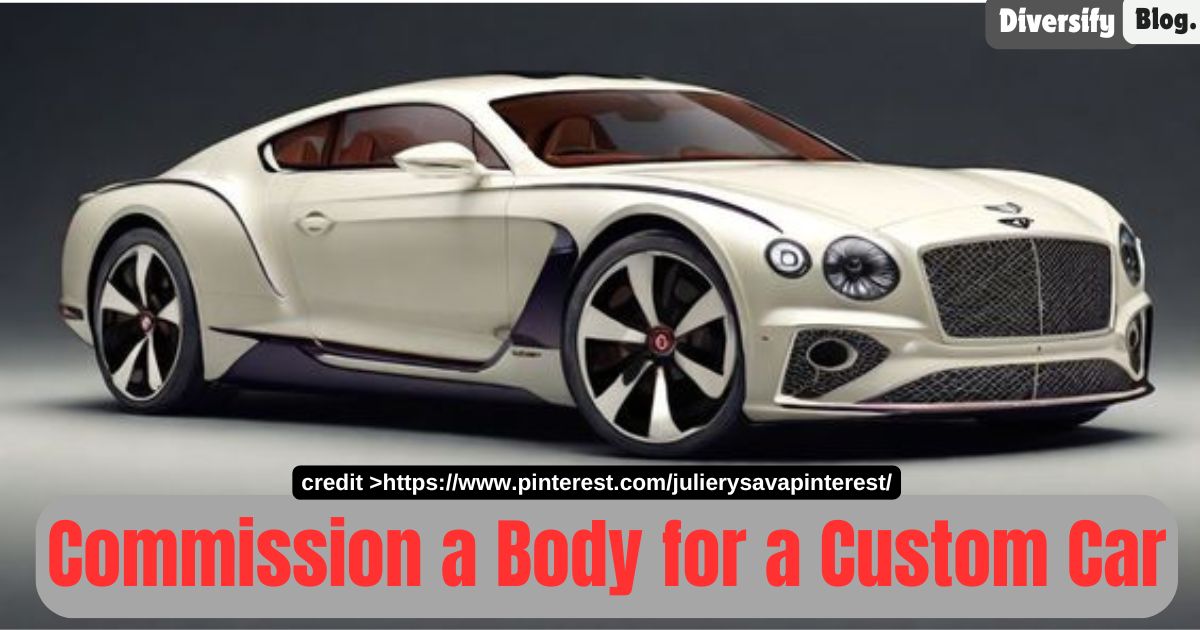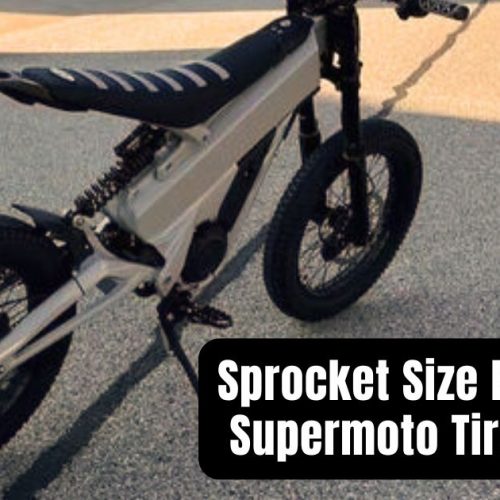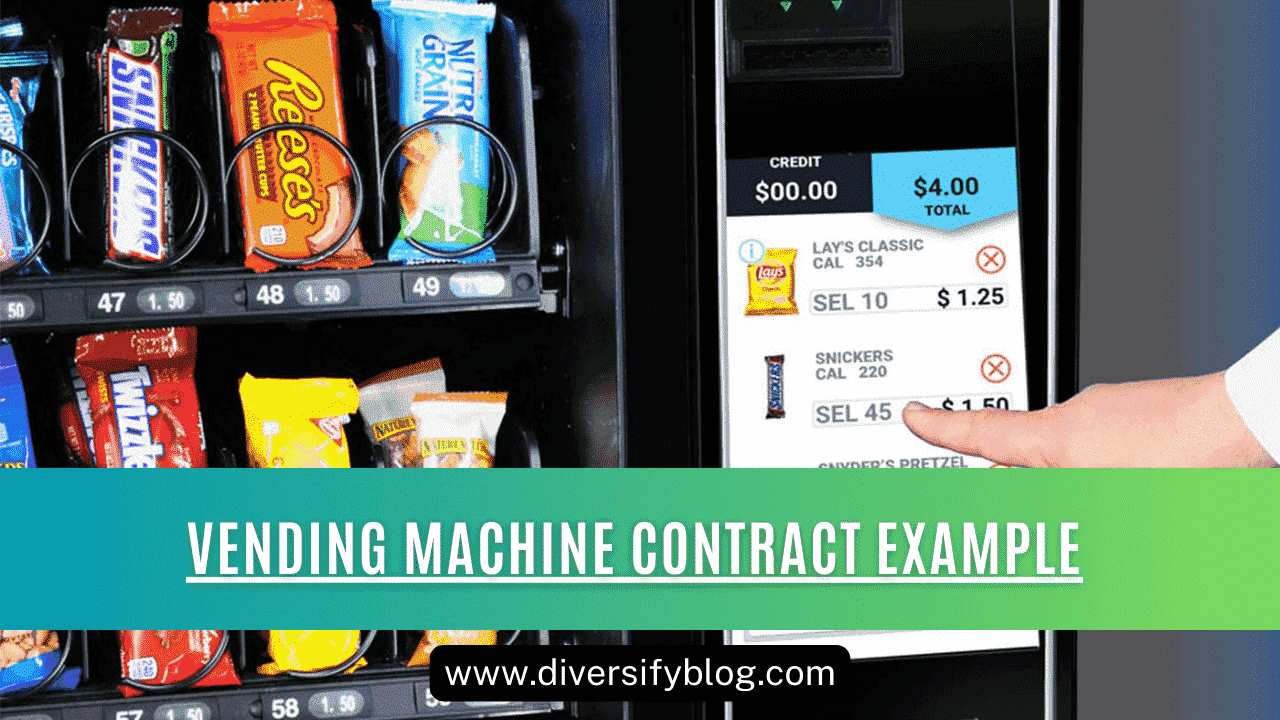If you’re a car lover who wants something truly special and different, commission a body for a custom car is the perfect choice for you. This exciting process lets you design and build a car that shows off your unique personality and style, helping it catch everyone’s eye on the road. In this guide, we’ll explore every detail of commission a custom car body, taking you through each step—from your first ideas to the final touches that make your car complete.
Imagine driving a car that is not just a vehicle but a reflection of who you are. Whether you want a sleek, modern look or a vintage vibe, the possibilities are endless when you commission a body for a custom car. You’ll have the chance to choose every detail, from the shape and color to the materials used, ensuring that your car is truly one-of-a-kind.
As we go through this guide, we’ll discuss how to define your vision, pick the right designer, and collaborate with them to make your dream car a reality. We’ll also look at the design process, selecting materials, and the craftsmanship involved in bringing your custom car body to life. By the end, you’ll have a clear understanding of how to create a car that not only drives well but also tells your story. So, let’s get started on this exciting journey to make your dream car a reality!
Table of Contents
Defining Your Vision: What Do You Want in a Custom Car Body?
The first step in your exciting journey to commission a body for a custom car is to clearly define your vision. This means taking some time to think about what you truly want your custom car body to look like and feel like.

Consider Your Style Preferences
Start by considering your style preferences. Do you lean towards a sleek and modern design with sharp lines and a futuristic vibe? Or are you more captivated by the charm of classic and vintage cars that feature rounded edges and retro paint colors? Understanding your personal style is essential because it will influence every decision you make during the customization process.
Performance vs. Aesthetics
Next, think about whether your focus is on enhancing performance, aesthetics, or a balance of both. A streamlined body shape can improve aerodynamics, potentially boosting the car’s performance. On the other hand, a flashy exterior design can make your car stand out and grab attention wherever you go.
Creating a Mood Board
To help you visualize your ideas better, creating a mood board can be a very useful tool. This board can include images, colors, textures, and even quotes that inspire you. Platforms like Pinterest are fantastic for this purpose, allowing you to collect and organize visual references that resonate with your vision. By putting together a mood board, you can create a clear picture of what you want, making it easier to communicate your ideas to your designer later on.
Choosing the Right Designer: Finding the Perfect Fit for Your Project
Once you have a clear vision for your custom car, the next important step is finding the right designer who can help turn that vision into reality.
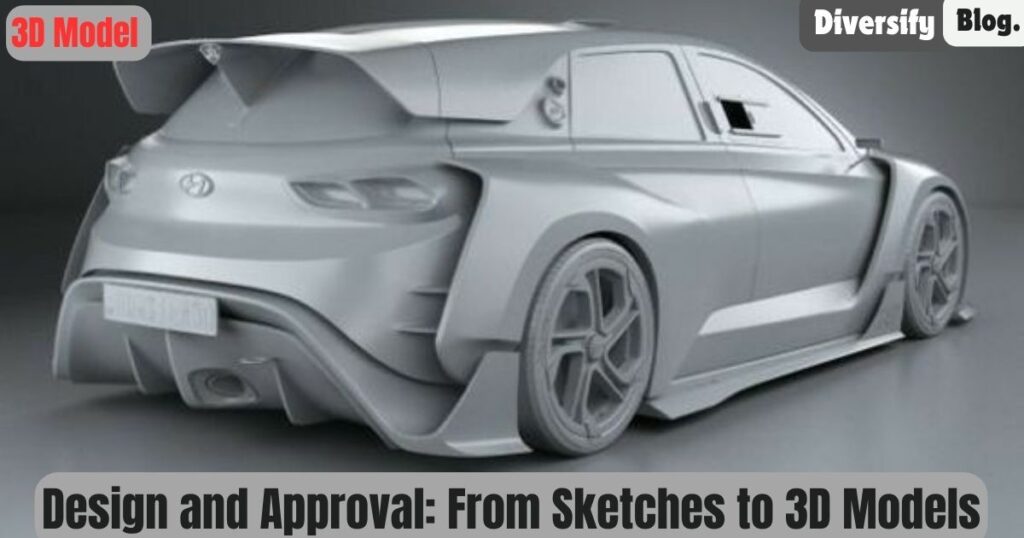
Researching Designers and Shops
Start by looking for a custom auto body builder who has experience in the specific style you want. Check online reviews and customer testimonials to get a sense of their skills and how satisfied previous clients have been with their work. This research will help you narrow down your options and find a designer who fits your needs.
Portfolio Assessment
Take the time to review the designer’s portfolio carefully. A good designer should have a diverse range of completed projects that highlight their expertise. By looking through their past work, you can get a feel for their style and the overall quality of their craftsmanship. This step is crucial in ensuring that their vision aligns with yours.
Initial Meetings
Once you’ve narrowed down your choices, schedule initial meetings with potential designers. Meeting face-to-face allows you to gauge their passion for car customization and their willingness to collaborate closely with you. During these discussions, you can share your ideas and see how receptive they are to your vision. Building a good rapport with your designer is essential, as you’ll be working together throughout the entire process of commissioning a body for a custom car.
The Consultation: Collaborating with Your Designer
After selecting a designer, it’s time for the consultation. This is a crucial step where you’ll share your vision and ideas.
Discussing Your Ideas
During the consultation, be open about what you want. Share your mood board and any specific features you envision, whether it’s a specific custom car body design or particular materials you want to use.
Understanding Your Designer’s Perspective
Your designer may offer insights based on their experience, suggesting practical approaches or modifications that can enhance your original ideas. This collaborative effort will ensure that both your desires and the designer’s expertise shape the final design.
Design and Approval: From Sketches to 3D Models
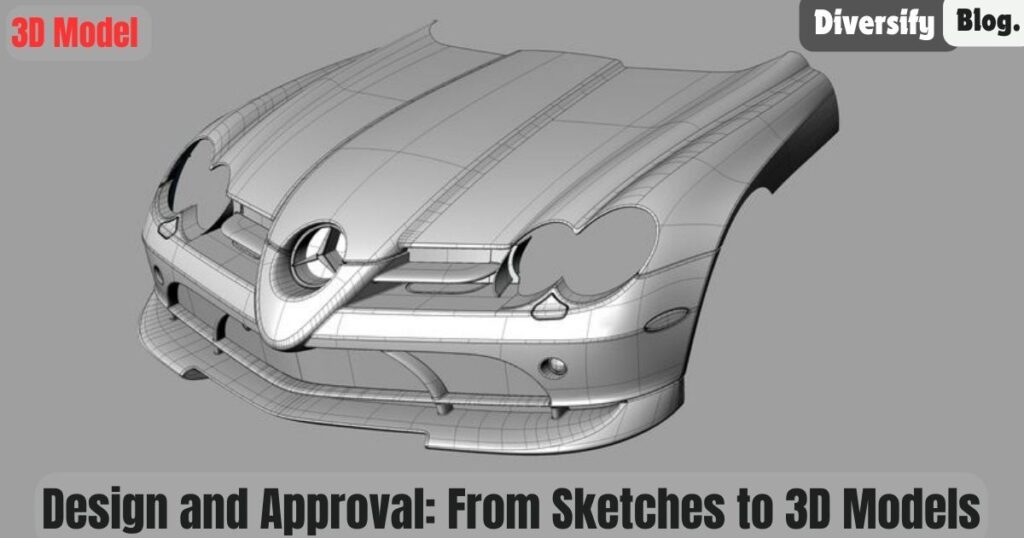
Once the consultation is complete, your designer will move on to creating initial designs. This is an exciting part of the process because it’s where your ideas start to materialize.
Initial Sketches
Your designer will create a series of sketches based on your discussions. These sketches will vary in detail, showcasing different angles and elements of your proposed custom car body.
3D Models for Visualization
Many designers now offer 3D modeling as part of the design process. This allows you to visualize your vehicle in a more realistic way. You can rotate the model, change colors, and see how different design elements come together.
Review and Revisions
It’s important to thoroughly review these designs and provide feedback. Don’t hesitate to ask for changes if something doesn’t align with your vision. This is your car, and it should be exactly what you want.
Material Selection: Choosing the Best Materials for Durability and Aesthetics
The materials you choose for your custom car body will have a significant impact on both its durability and appearance.
Common Materials for Custom Car Bodies
- Steel: Steel is robust and often used for its strength and ability to withstand the elements. It’s a common choice for those prioritizing durability.
- Aluminum: This lightweight metal is ideal for improving performance, as it reduces the overall weight of the vehicle. However, it may require careful handling during the fabrication process.
- Carbon Fiber: Known for its strength and light weight, carbon fiber is often used in high-performance vehicles. Its sleek finish can also elevate the car’s aesthetic appeal.
Considerations for Material Choice
Discuss with your designer the pros and cons of each material. Your choice should balance aesthetics, performance, and budget.
Building and Fabrication: The Craftsmanship Behind Your Custom Car Body
The next phase in the process is the actual building and fabrication of your custom car body. This step is where skilled artisans turn designs into reality.
The Fabrication Process
- Cutting and Shaping: Raw materials are cut and shaped according to the approved designs. Precision is key in this phase to ensure that everything fits together seamlessly.
- Welding and Joining: Parts are carefully welded or joined to create a solid structure. Skilled technicians use various welding techniques to ensure durability.
- Sanding and Smoothing: Once the structure is assembled, the body is sanded and smoothed to prepare it for painting. This step is crucial to achieving a flawless finish.
Importance of Craftsmanship
The craftsmanship involved in building a custom car body can make or break the final product. Look for a custom car bodywork service that prides itself on attention to detail and high standards of workmanship.
Quality Control: Ensuring Perfection
Quality control is a vital aspect of the custom car fabrication process. Before moving to the next steps, a thorough inspection ensures that everything meets your specifications.
What to Look for During Quality Control
- Consistency in the Design: All panels should align perfectly and reflect the approved design.
- Proper Alignment: Ensure that doors, hoods, and other moving parts fit and operate smoothly.
- No Visible Defects: Inspect for imperfections like dents, scratches, or uneven surfaces.
This attention to detail will ensure a high-quality finished product.
Final Assembly and Finishing Touches
After passing quality control, it’s time for the final assembly. This step brings all the pieces together, and your vision is nearly complete.
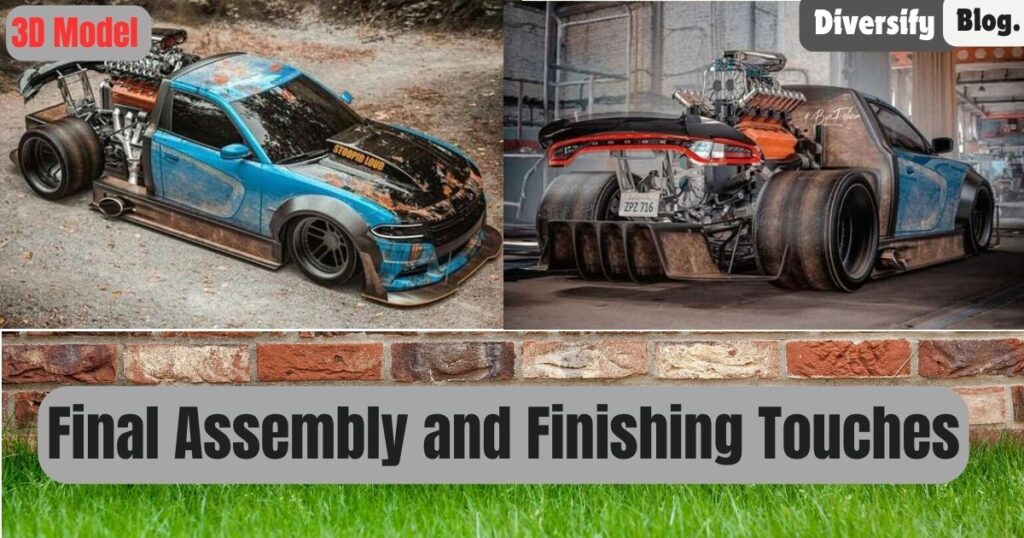
Assembly Process
During assembly, your custom car body is fitted onto the chassis. This is where everything is combined, including the custom car body panels and other elements you’ve selected.
Finishing Touches
The finishing touches can include detailing like chrome accents, decals, or custom lights. It’s the little things that will truly make your car unique.
Choosing the Right Paint and Finish
Choosing the right paint color and finish is critical. Do you want a vibrant, eye-catching color or a subtle, elegant shade? Discuss options like matte, glossy, or metallic finishes with your designer to ensure it aligns with your vision.
Legal Considerations for Custom Car Projects
When you commission a body for a custom car, it’s essential to be aware of the legal considerations that accompany such modifications.
Vehicle Regulations and Safety Standards
Custom vehicles must comply with local vehicle regulations. These laws vary by location, so it’s crucial to research what’s required in your area. This will ensure that you can legally drive your custom car without any issues.
The Role of Insurance in Custom Car Projects
Consult your insurance provider to understand how customizations will impact your coverage. Make sure your custom body and modifications are included in your policy to protect your investment.
Costs and Timelines
How Much Does It Cost to Commission a Custom Car Body?
The cost of commissioning a custom car body can vary significantly based on various factors. Complexity of the design, materials chosen, and labor costs all play a role.
- Basic Customization: If you’re only making minor modifications, you might expect lower costs.
- Full Custom Build: A complete custom body can range from thousands to tens of thousands of dollars depending on the materials and intricacies involved.
Expected Timelines: How Long Does It Take?
The timeline for your project can also vary widely. A simple modification may take a few weeks, while a complete custom build might take several months. Discuss expected timelines with your designer so you have a clear understanding of the project duration.
Maintenance of Custom Car Bodies
To keep your custom car in prime condition, regular maintenance is crucial.
Routine Care and Maintenance Tips
- Washing: Regularly wash your car to remove dirt and contaminants that can damage the paint.
- Waxing: Waxing helps protect the paint and maintain its shine. Aim to wax your car every few months.
- Inspecting for Damage: Regularly inspect your vehicle for any signs of wear or damage, especially after long drives.
How to Protect Your Custom Paint Job
Invest in a high-quality paint sealant to protect your finish. Additionally, consider using a car cover when parking outdoors to shield it from the elements.
Finding the Right Maintenance Shop
When it comes to repairs or maintenance, choose a shop that specializes in custom vehicles. They’ll have the expertise to handle the unique aspects of your car and ensure it receives the right care.
Popular Trends in Custom Car Bodywork
Retro and Vintage Body Styles
A growing trend in the custom car community is retro and vintage body styles. Many car enthusiasts are incorporating classic elements into their builds, blending modern performance with nostalgic aesthetics.
Electric Custom Cars
As electric vehicles gain popularity, custom builders are now creating bespoke electric car bodies. This trend allows enthusiasts to enjoy the benefits of electric driving without sacrificing individuality.
Sustainable Materials
With an increasing focus on sustainability, many custom car builders are exploring eco-friendly materials and processes. From recycled metals to biodegradable composites, the future of custom car bodywork is becoming more sustainable.
Final Thoughts: Your Custom Car Awaits
Commissioning a body for a custom car is an exciting journey that allows you to express your creativity and individuality. From defining your vision to selecting materials, working closely with a skilled designer ensures that your dream car becomes a reality.
By understanding the various stages of the process, from design to assembly, you can navigate your project with confidence. Your custom car is more than just a vehicle; it’s a reflection of who you are. So, gear up, dive into the world of customization, and let your imagination drive your project!
FAQs
How Much Does It Cost to Commission a Custom Car Body?
The cost of commissioning a body for a custom car can vary widely. Generally, you can expect to pay anywhere from $20,000 to $100,000 or more. The final price depends on several factors, including the complexity of the design, the materials chosen, and the level of customization required.
How Long Does It Take to Complete a Custom Car Body Project?
The timeline for completing a custom car body project can vary significantly. Typically, the process can take anywhere from several months to over a year, depending on the project’s scope and complexity. Factors such as design revisions, material availability, and the workload of the custom shop can also influence the timeline.
What Materials Are Best for Custom Car Bodies?
When it comes to materials for custom car bodies, there are several popular options, including steel, aluminum, and carbon fiber. Each material has its pros and cons:
- Steel: Strong and durable, but heavier and may require more maintenance.
- Aluminum: Lighter than steel, resistant to rust, and offers good performance, but can be more expensive.
- Carbon Fiber: Extremely lightweight and strong, providing excellent performance, but it is usually the most expensive option.
Can I Customize a Car Body on a Budget?
Yes, you can customize a car body even if you’re on a budget! It requires careful planning, including selecting more cost-effective materials and possibly scaling back on certain features. Focus on the most impactful changes that will enhance your car’s appearance without breaking the bank.
Is It Legal to Drive a Custom Car on Public Roads?
Yes, it is generally legal to drive a custom car on public roads, but there are regulations you need to be aware of. Ensure that your customizations comply with local vehicle regulations, including safety standards and emissions requirements. It’s a good idea to check with your local authorities or a legal expert to ensure your custom car meets all necessary requirements before hitting the road.
Can You Custom Make a Car?
Yes, you can custom make a car! Many companies and custom auto body builders specialize in creating vehicles tailored to individual specifications. This process typically involves collaborating with a designer to bring your vision to life, choosing materials, and making modifications to existing car models or starting from scratch with a custom chassis.
Who Is the Best Custom Car Builder in the World?
While opinions may vary, some of the most renowned custom car builders include Chip Foose, known for his designs on the show “Overhaulin’,” and Jay Leno, who is famous for his extensive car collection and passion for automotive restoration. Others, like Steve Strope and Scott Spock, have also made significant marks in the industry. Ultimately, the “best” builder often depends on personal preferences regarding style, expertise, and project scope.
Are Custom Cars Legal in the USA?
Yes, custom cars are generally legal in the USA. However, they must comply with federal and state regulations regarding safety, emissions, and roadworthiness. It’s essential to check local laws and regulations to ensure your custom car meets all necessary requirements before taking it on public roads.
How Do You Calculate Custom on a Car?
Calculating custom costs on a car involves several factors:
- Materials: Determine the cost of materials like steel, aluminum, or carbon fiber.
- Labor: Factor in labor costs based on the time and expertise required for customization.
- Design Fees: Include any costs associated with hiring a designer or custom shop.
- Additional Features: Consider costs for unique components like custom paint jobs, body kits, or high-performance upgrades.
- Total: Add up all these costs to get an overall estimate for your custom project.

